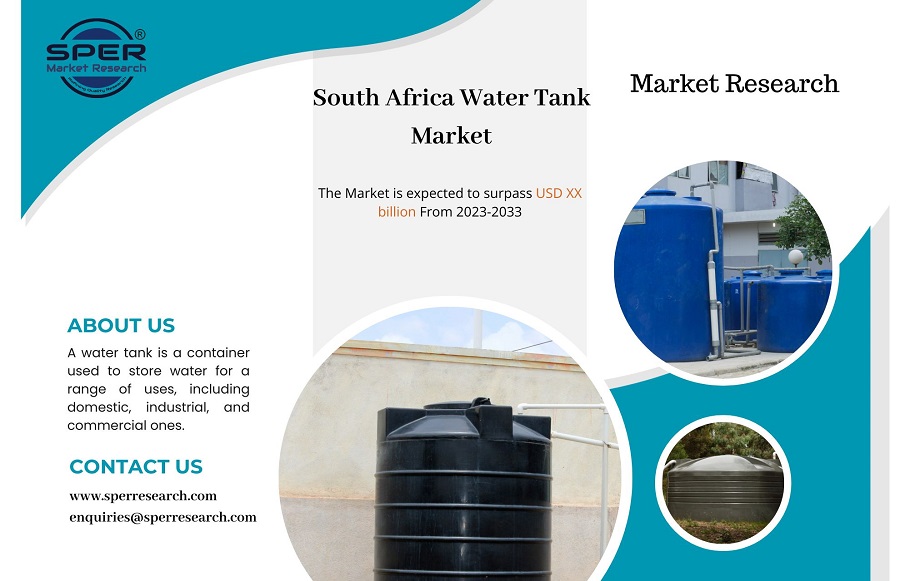Hydrogen integration strategies refer to plans and approaches for incorporating hydrogen as an energy carrier and resource into various sectors of the economy, such as industry, transportation, and power generation. Hydrogen is seen as a promising solution for reducing greenhouse gas emissions and transitioning to a more sustainable energy system.
Backward and Forward Hydrogen Integration Strategies
To improve their position in the value chain and increase their value capture, a number of significant enterprises in the hydrogen industry are implementing backward and forward integration techniques. Purchasing or managing the production of inputs or raw materials is under the purview of backward integration, whereas extending into downstream processes or end-user markets falls under the purview of forward integration.
Download – https://www.marketsandmarkets.com/industry-practice/RequestForm.asp
Here are some examples of companies implementing these strategies:
Backward Integration:
- Plug Power: In order to achieve backward integration, Plug Power, a top supplier of hydrogen fuel cell technologies, purchased United Hydrogen Group Inc. Through this transaction, Plug Power was able to integrate vertically into the hydrogen industry. Plug Power is able to secure a dedicated supply of hydrogen for its fuel cell devices thanks to United Hydrogen, which runs a hydrogen manufacturing facility that uses electrolysis and steam methane reforming.
- Air Liquide: Global industrial gas business Air Liquide has invested in hydrogen generating technology as part of its backward integration strategy. In order to generate hydrogen from water using renewable electricity, they have created unique electrolysis technologies like Proton Exchange Membrane (PEM) and Alkaline electrolyzers. Air Liquide offers a safe and sustainable hydrogen supply for a variety of applications, including transportation, business, and energy, by vertically integrating into hydrogen manufacturing.
Forward Integration:
- Hyundai Motor Group: An extensive hydrogen ecosystem is being created by Hyundai, a significant automaker, as part of its forward integration strategy. They have made hydrogen fuel cell electric vehicles (FCEVs) available, including the Hyundai NEXO, and are working hard to build out the hydrogen infrastructure. In addition, Hyundai has established a joint venture named Hyundai Hydrogen Mobility (HHM), which wants to rent out fuel cell electric trucks. Hyundai is vertically integrating into the mobility and transportation industries through HHM, offering a comprehensive program for commercial vehicles with zero emissions.
- NEL ASA: A Norwegian hydrogen firm called NEL ASA is extending its hydrogen refueling infrastructure with an emphasis on forward integration. Designing, creating, and manufacturing hydrogen refueling stations are all part of NEL’s business. NEL promotes the development of hydrogen fueling networks by offering turnkey solutions, hence fostering the market expansion of hydrogen fuel cell vehicles. Global deployment of NEL stations helps the development of the hydrogen infrastructure.
Hybrid Integration:
- Siemens Energy: A hybrid integration technique combining backward, and forward integration has been used by Siemens Energy, a worldwide energy technology company. Both electrolysis and hydrogen gas turbine technologies are now part of their extended portfolio. While their hydrogen gas turbines make it possible to utilize hydrogen as a clean energy carrier, Siemens Energy’s electrolysis solutions enable them to manufacture green hydrogen. Siemens Energy is able to offer integrated solutions for hydrogen production, storage, and power generation because to this hybrid integration strategy.
- Linde plc: Leading industrial gas business Linde plc has adopted a hybrid integration strategy and is involved in both the production and delivery of hydrogen. Large-scale hydrogen generation facilities are operated by Linde utilizing a variety of techniques, including steam methane reforming. They also have a vast network of transportation and pipeline infrastructure for the distribution of hydrogen. With the help of their hybrid integration, Linde is able to offer a smooth hydrogen supply chain, providing dependable delivery to a variety of end customers.
These instances show how businesses in the hydrogen industry are utilizing backward and forward integration tactics to strengthen their positions, guarantee supply chain control, and maximize value at various points in the value chain. These tactics encourage the creation of all-encompassing solutions and promote the use of hydrogen as a source of clean energy.
Read More – https://www.marketsandmarkets.com/industry-practice/hydrogen/integration-strategies


